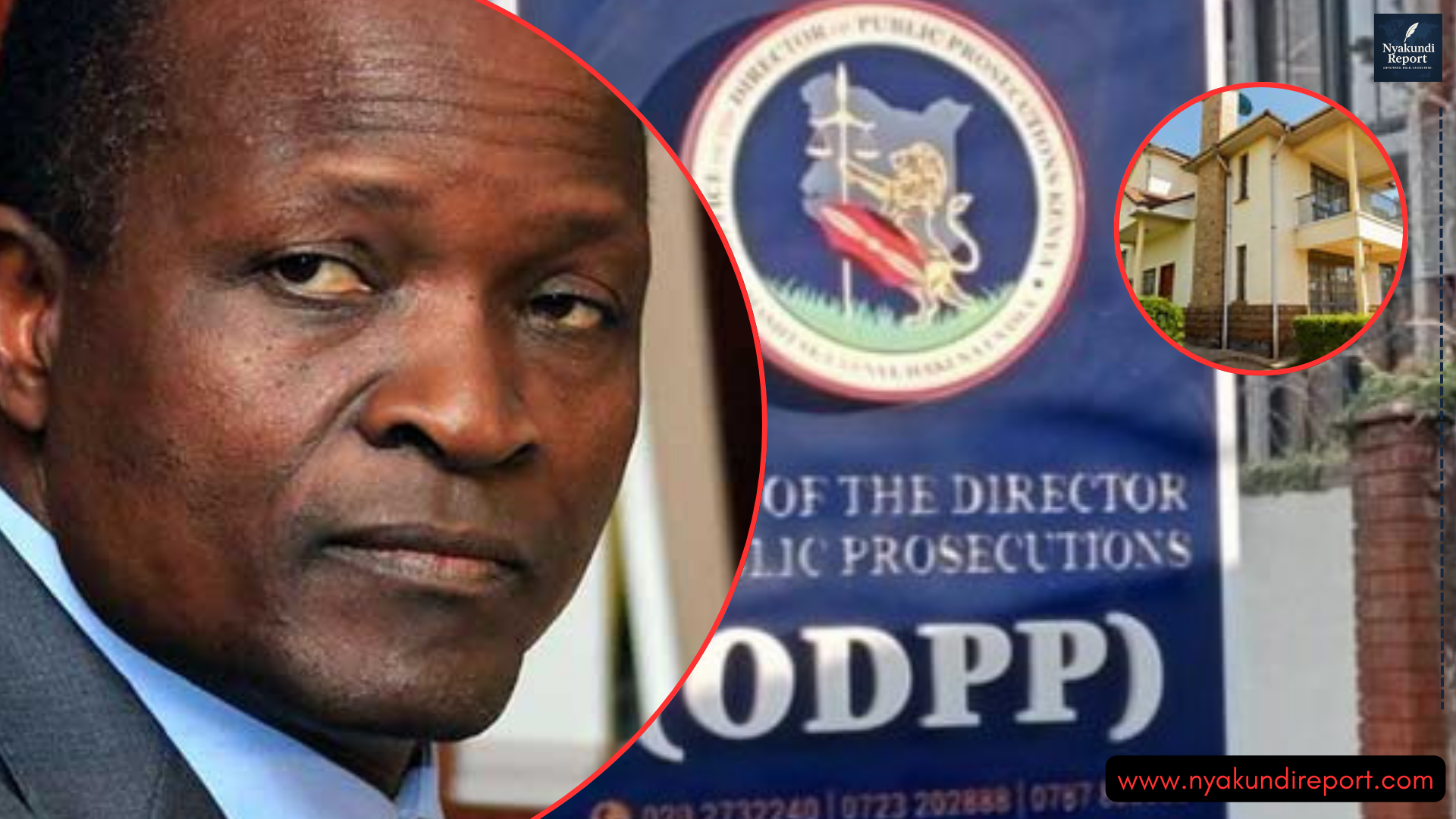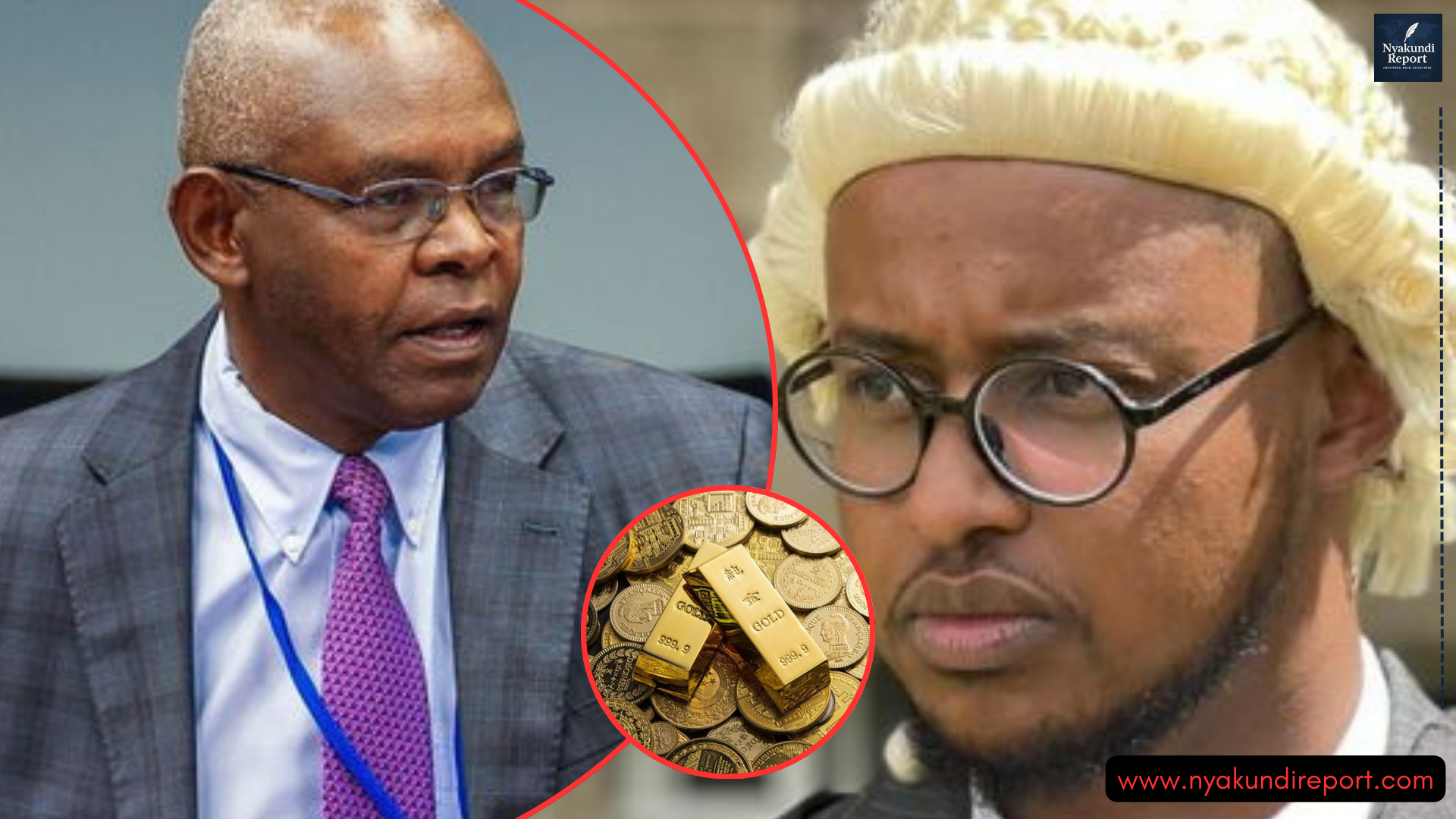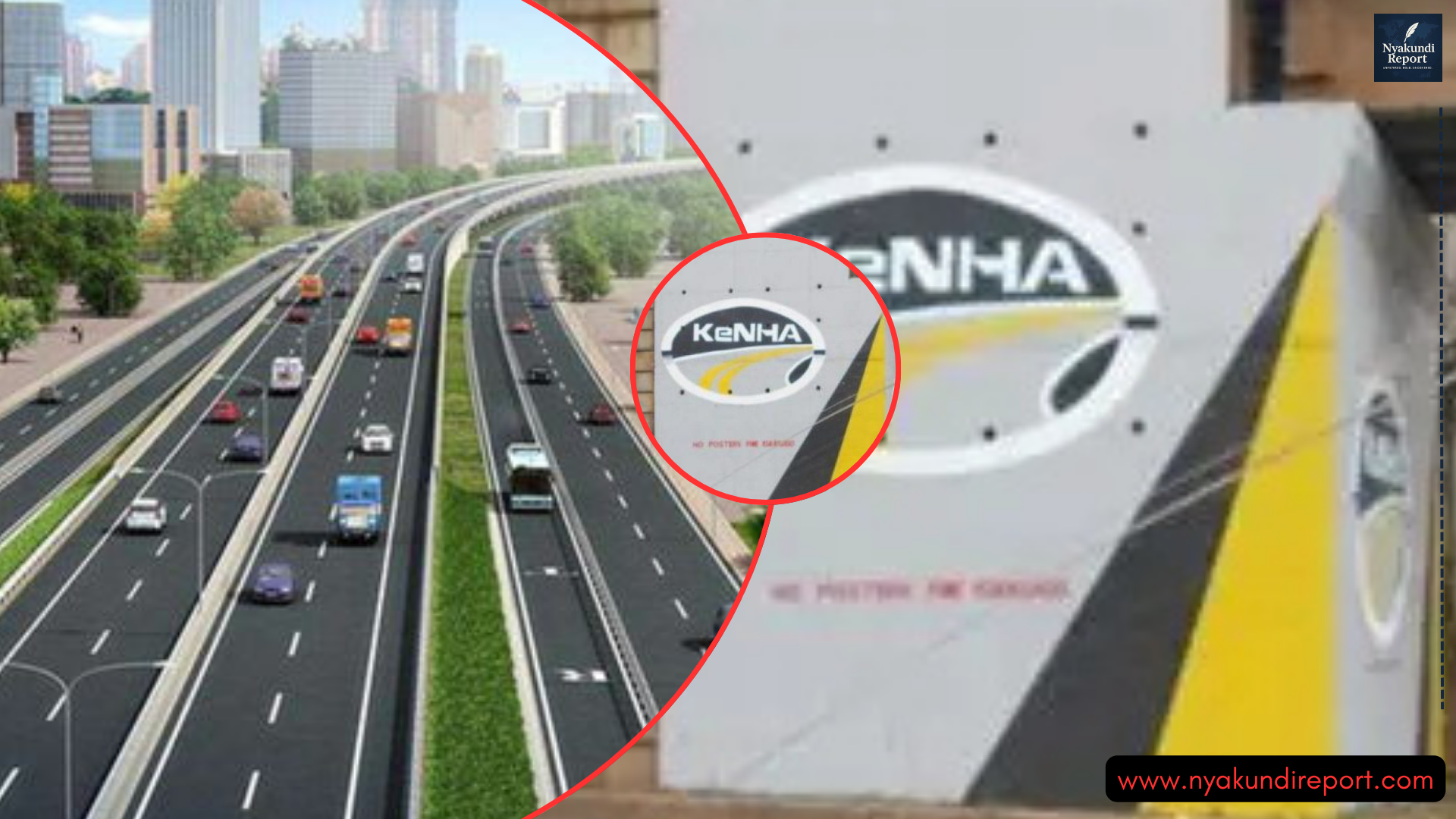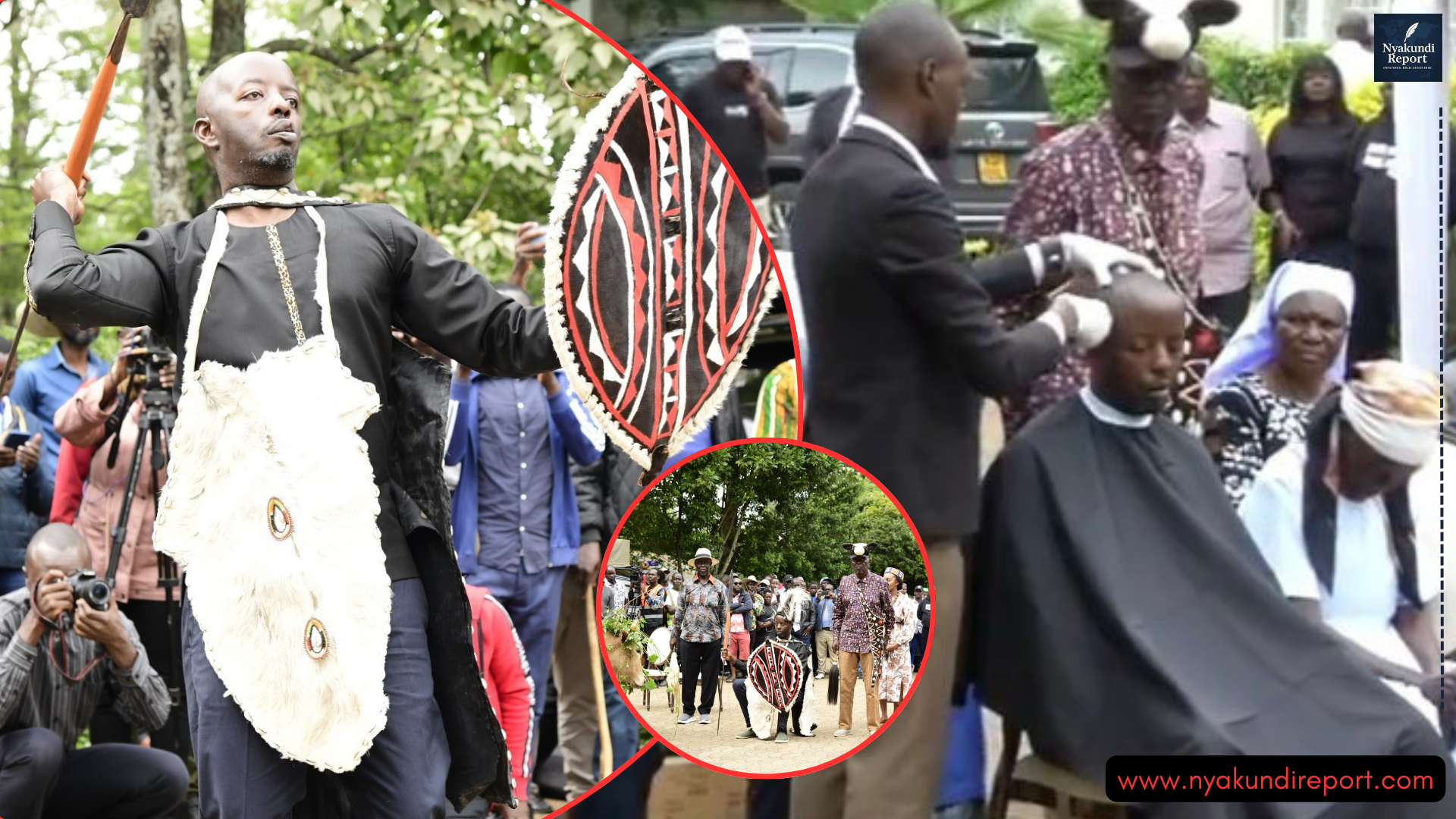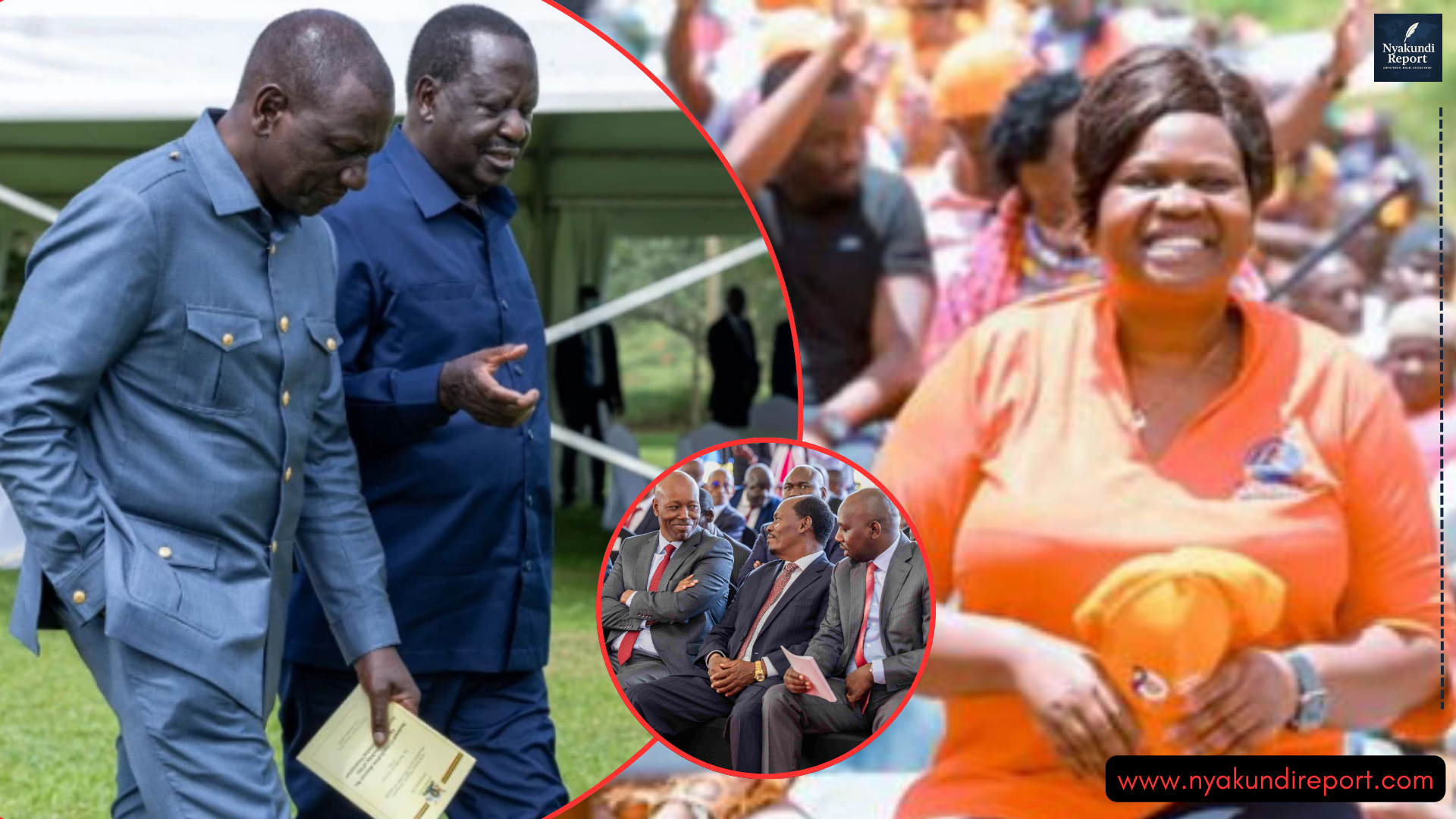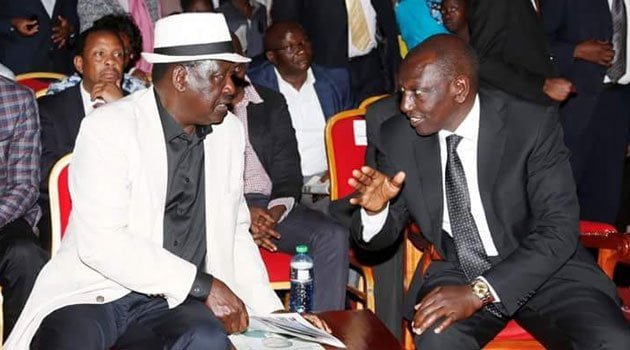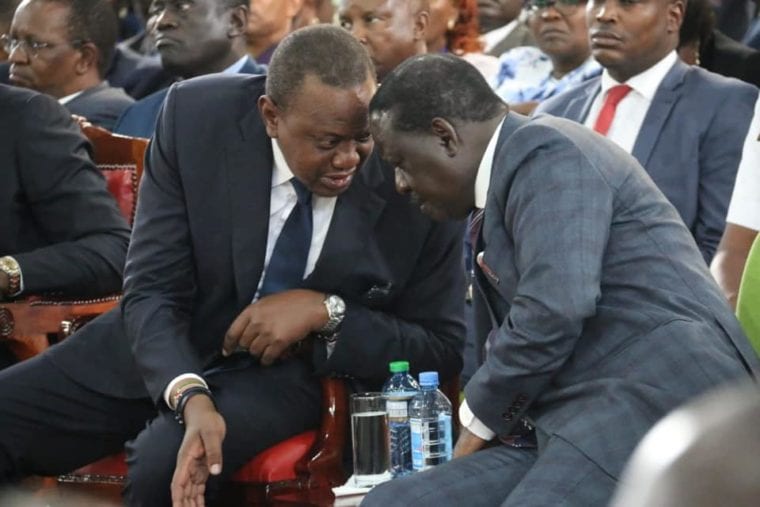For the first time in decades, the final resting place of Kenya’s founding President Jomo Kenyatta is under public debate.
A petition filed by citizen John Mweha asked the Government to relocate Kenyatta’s remains from Parliament Buildings in Nairobi to his ancestral home in Gatundu, Kiambu County.
The request argued that Parliament’s grounds are not culturally or constitutionally symbolic for burials and suggested that the late president may have preferred a traditional resting place.
However, the Ministry of Gender, Culture, and Children Services has halted the move, insisting that more consultations are required before such a monumental decision is made.
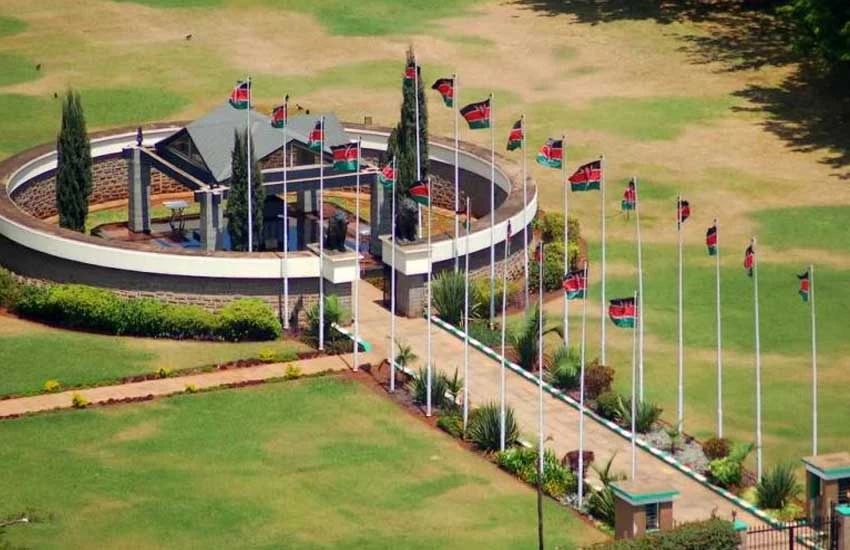
Why the Ministry Paused Petition to Relocate Jomo Kenyatta Remains
The Ministry’s statement, signed by Cabinet Secretary Hannah Wendot, acknowledged the petitioner’s arguments but stressed that the matter goes beyond symbolism. The Government emphasized that the issue carries weight in terms of constitutional interpretation, cultural norms, and national unity.
The response noted that the Constitution does not specify where a sitting or former president should be buried. Instead, it only guarantees that a president must receive a State funeral.
Jomo Kenyatta was laid to rest at Parliament Buildings on August 31, 1978, following his death earlier that month. His burial was intended to represent the triumph of independence and serve as a permanent symbol of Kenya’s founding moment.
CS Wendot underlined that the petition’s legal basis “is robust but requires deeper scrutiny.” The Ministry recommended a multi-phased approach that would combine cultural validation, family consultation, and legislative or judicial oversight.
This means that the request cannot move forward without engaging Kenyatta’s family, aligning with African traditions, and ensuring that Parliament and possibly the courts weigh in.
The Cultural and Political Stakes of Relocating Jomo Kenyatta Remains
Moving the remains of Jomo Kenyatta is not just a family or cultural matter—it has far-reaching political implications. Kenyatta is not only the first president but also a towering figure in Kenya’s history.
His mausoleum at Parliament Buildings has been a guarded landmark since 1978, closed off from the public but highly symbolic during national events. If the remains were to be relocated, the government would need to weigh how such a move affects national heritage, unity, and political memory.
Many argue that Parliament grounds, as the legislative seat of government, is a fitting location for the Founding Father. Others, like the petitioner, counter that African tradition would dictate a return to ancestral land.
The debate also raises a question of precedent. If Kenyatta’s remains are moved, it may trigger future disputes about where other heads of state should be buried.
Why the Petition Faces Legal and Constitutional Hurdles
Legally, the Constitution of Kenya remains silent on burial sites for presidents. This silence creates uncertainty and leaves decisions up to government discretion. By calling for judicial oversight, the Ministry highlighted that courts may need to interpret whether moving Kenyatta’s remains aligns with constitutional values of dignity and national unity.
Additionally, family involvement is central. The Kenyatta family has so far remained silent on the petition. Without their approval, the Ministry cannot authorize any changes. Historically, state funerals in Kenya have always included significant family input, meaning this case will not be any different.
The Ministry’s cautious stance suggests that the Government wants to avoid a divisive move that could split public opinion. By pausing the petition, officials are signaling that respect for tradition, law, and unity outweighs individual appeals.
Until family, cultural elders, and Parliament weigh in, Kenyatta’s mausoleum at Parliament Buildings will remain untouched—still standing as a heavily guarded symbol of Kenya’s independence.



